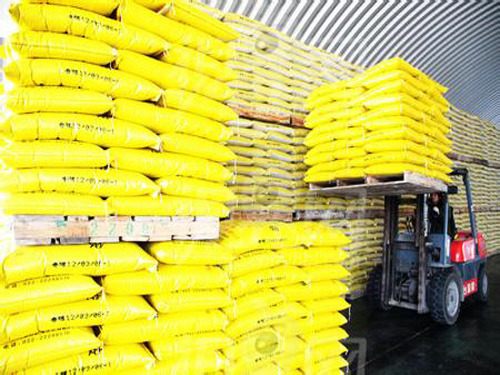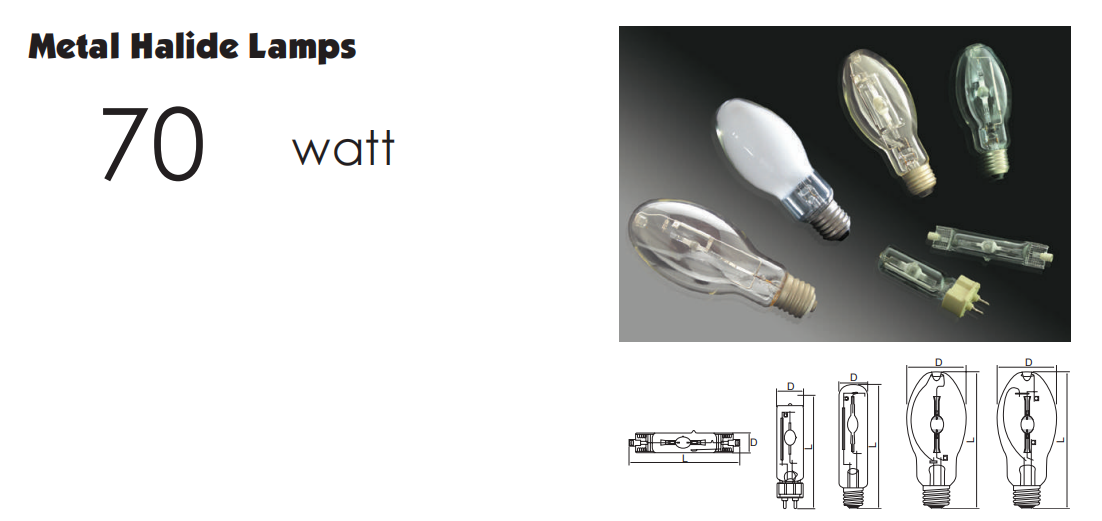Fertilizer "weaning", the time has come?

As markets continue to evolve, the long-standing preferential policies for the fertilizer industry are coming under increasing scrutiny. Recently, a draft proposal was released by relevant government departments suggesting the restoration of value-added tax (VAT) on fertilizers—a policy that had been effectively removed from the sector years ago. This move has reignited discussions about whether it's finally time to phase out these subsidies and let the market take over. But is now really the right moment?
The Final Step in Reform
For nearly a decade, the push for marketization in the fertilizer sector has been ongoing. Restoring VAT collection is seen as the last major hurdle in this reform process. Once this step is taken, it’s expected that the fertilizer industry will be fully integrated into the market system, with no special treatment left. In 2005, the National Development and Reform Commission set a goal to eliminate price controls and preferential policies, shifting support directly to farmers. Since then, fertilizer prices have been fully liberalized, and direct agricultural subsidies have become standard practice. These two key objectives have already been met.
Gradual reforms have been implemented across various preferential measures. Tariffs on fertilizers have been steadily increased, some regions have already abolished their preferential rates, and natural gas prices for nitrogen fertilizer production have gradually aligned with market levels. It’s clear that the return of VAT is not just a possibility—it’s an inevitability that must happen soon.
Restoring VAT and ending subsidies are essential steps toward building a sustainable and efficient market mechanism for the fertilizer industry. While there may be short-term challenges, the long-term benefits are significant. Companies of all sizes and types can compete fairly, driving innovation, reducing outdated production, and improving overall efficiency and quality within the industry.
It’s important to note that the original purpose of these preferential policies was to ease the burden on farmers and ensure stable domestic fertilizer supply. Currently, the industry faces overcapacity and supply-demand imbalances. However, introducing market-oriented reforms at this stage should not disrupt the supply chain or cause sharp price fluctuations. The timing, therefore, seems appropriate.
Of course, any reform requires careful planning. Alongside removing preferential policies, supporting measures must also be put in place. For instance, lifting export restrictions on chemical fertilizers would allow companies more flexibility in managing production and operations. Additionally, increasing direct subsidies for farmers and redirecting collected VAT to them could help maintain the balance between industrial development and agricultural support.
The Risks of Hasty Action
While the focus of policy changes has been on the fertilizer industry itself, it’s crucial to remember that fertilizers are a critical agricultural input. Historically, the preferential policies helped attract significant investment and resources into the sector, leading to rapid growth and improved quality. Without such support, the industry might not have developed so quickly, and agriculture might not have achieved its current level of productivity.
Some suggest that collected VAT should be returned to farmers. While this idea sounds reasonable, the reality in China—with its large number of small, scattered farmers—makes implementation complex. High administrative costs and uncertainty around whether farmers would actually benefit raise serious concerns.
Moreover, if the only goal of removing subsidies is to promote marketization, it’s worth noting that the fertilizer market is already highly competitive. Whether VAT is collected or not may not significantly impact the industry’s development. What matters more is creating a fair, transparent, and legally sound environment where honest businesses can thrive and counterfeit products are eliminated.
Despite the flaws in existing preferential policies—such as unfairness compared to other industries and potential impacts on local revenues—the current situation calls for continued support for the fertilizer sector. With agriculture being a top national priority, maintaining some level of assistance is still considered necessary and beneficial in the broader context of food security and rural stability.

Metal Halide Bulb
A Metal Halide Bulb, also known as a Metal Halide Lamp, is a type of gas discharge lamp that produces light by passing electrical currents through a mixture of mercury and metal halides. It is known for its high luminous efficacy, long lifespan, and good color rendering index, making it a popular choice for various industrial and commercial applications
Key Features
- High Luminous Efficacy: Achieves light efficacy ranging from 65 to 140 lm/W.
- Long Lifespan: Typically lasts between 5000 to 20,000 hours.
- Good Color Rendering: Provides a high color rendering index (Ra) of 65 to 95, offering accurate color representation.
- Compact and Stable Design: Available in quartz and ceramic versions, offering structural stability and durability.
Applications
Metal Halide Bulbs are widely used in:
- Stadiums and Sports Arenas: For their high output and ability to provide optimal lighting conditions.
- Construction Sites: Ensuring safety and visibility during nighttime operations.
- Parking Lots and Loading Docks: Providing bright, consistent lighting for extended periods.
- Commercial Buildings: Enhancing the aesthetic appeal and functionality of indoor spaces
.7
metal halide bulb,400 watt metal halide bulb,250 watt metal halide bulb,1000 watt bulb,100 watt metal halide bulb
Yangzhou M.T. New Energy & Lighting Group Co., Ltd. , https://www.mtstreetlight.com